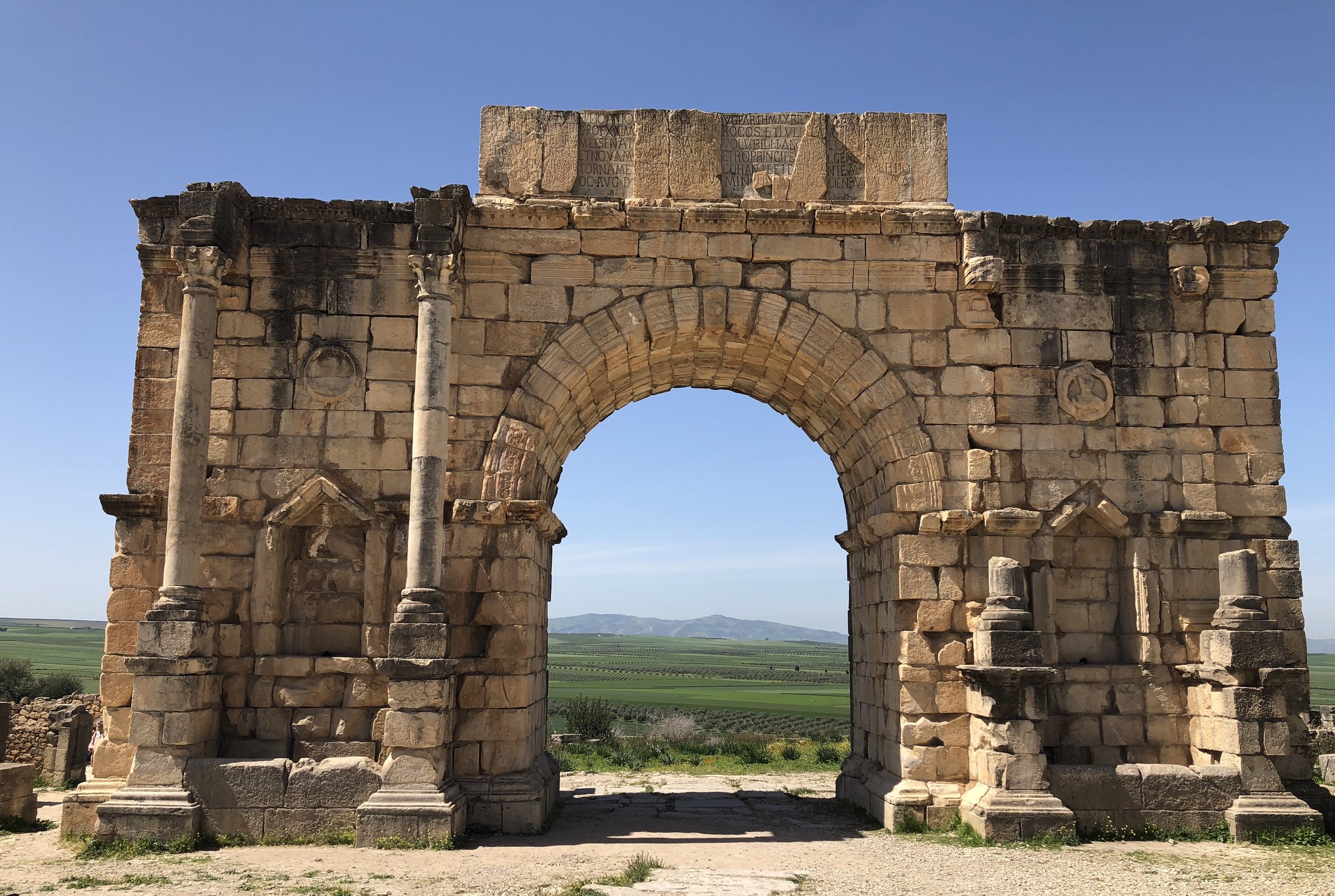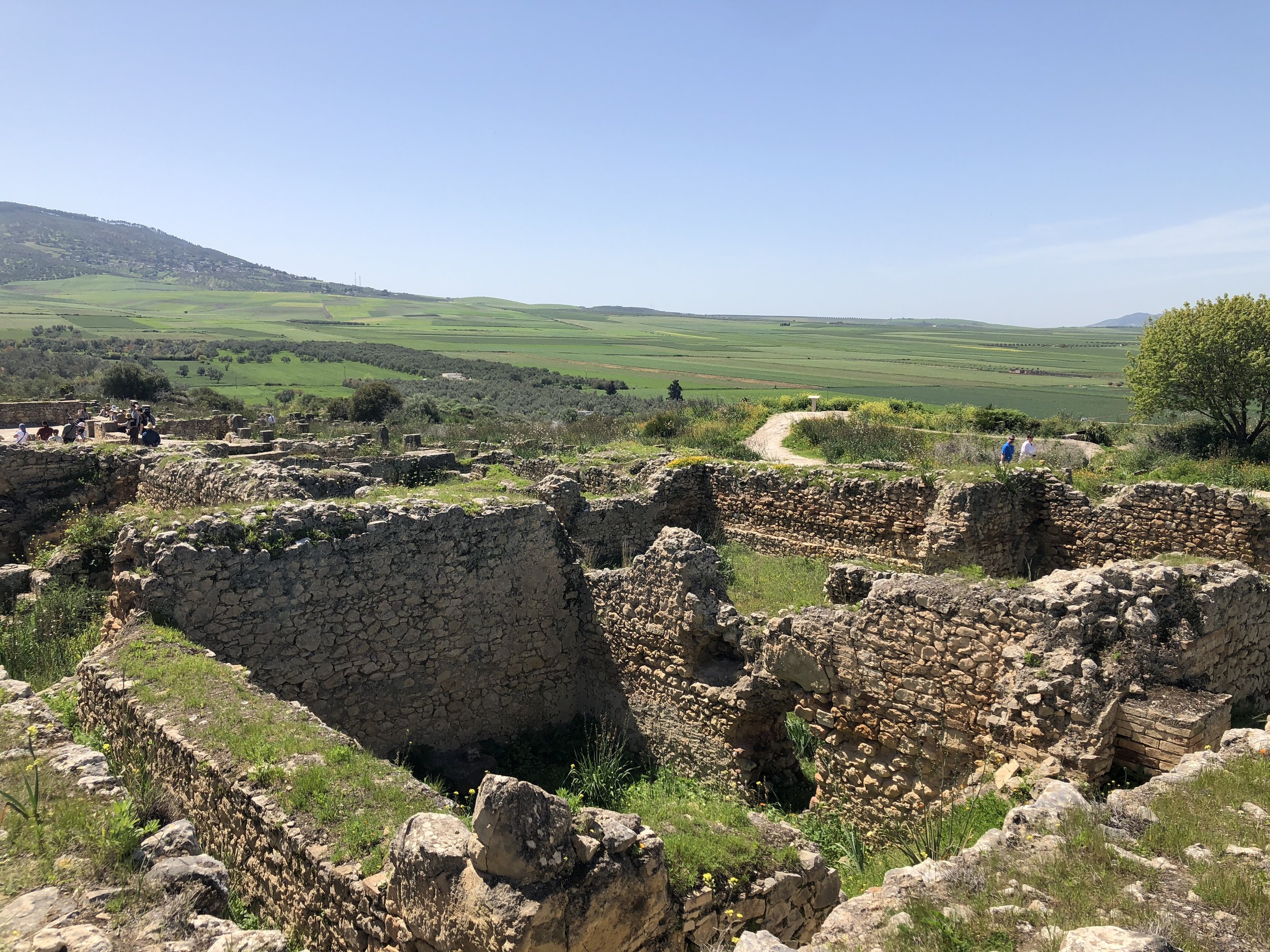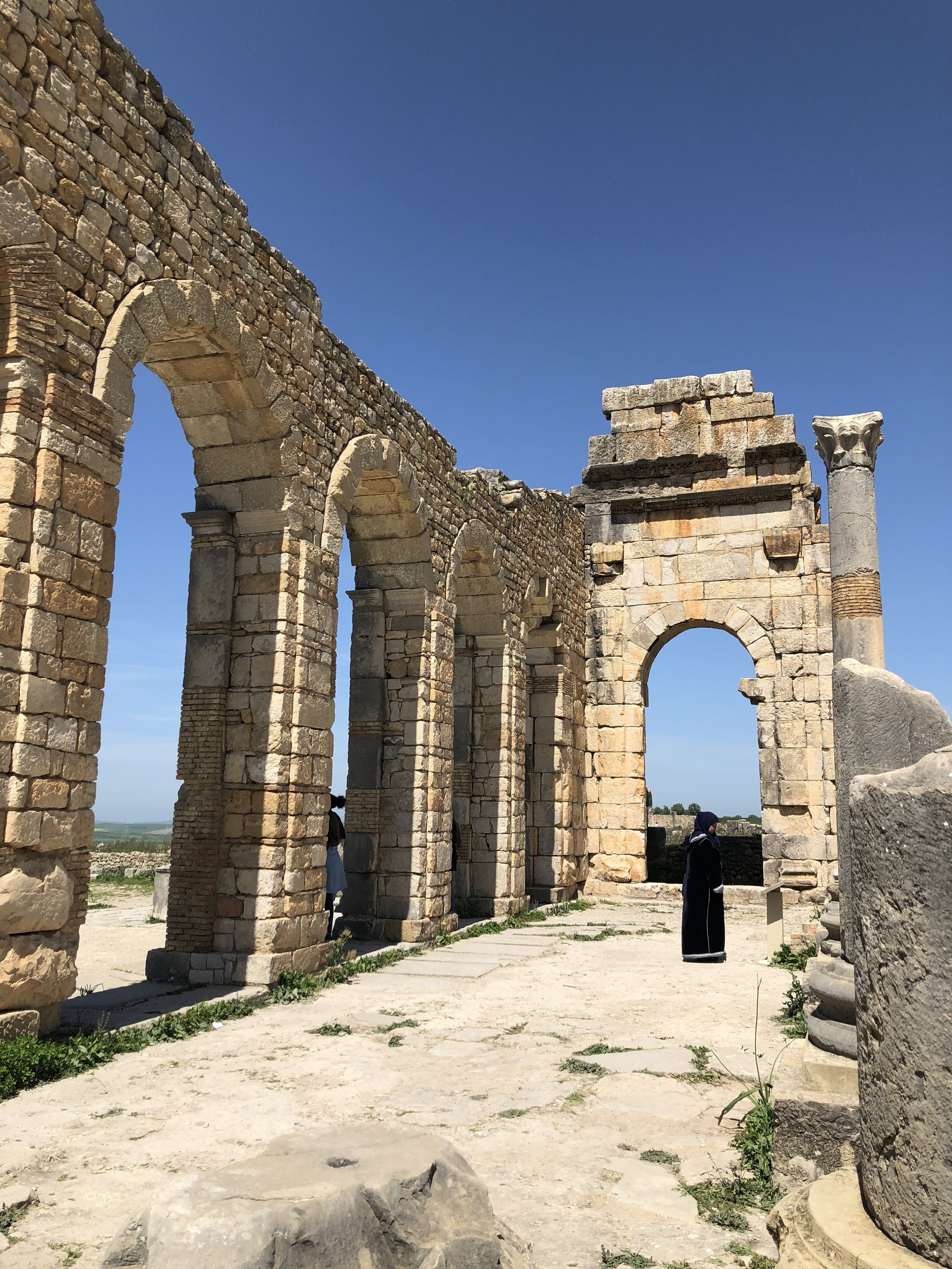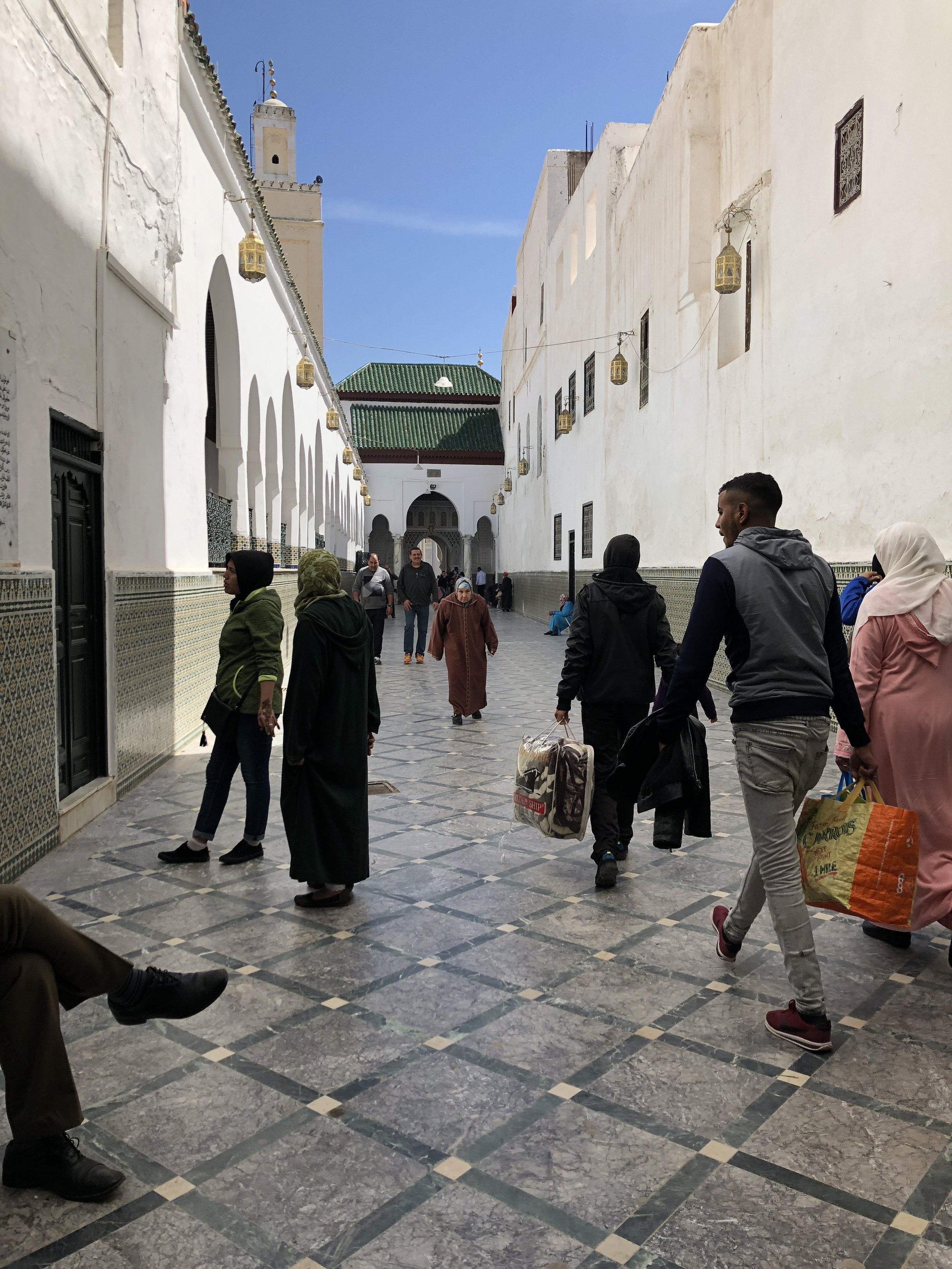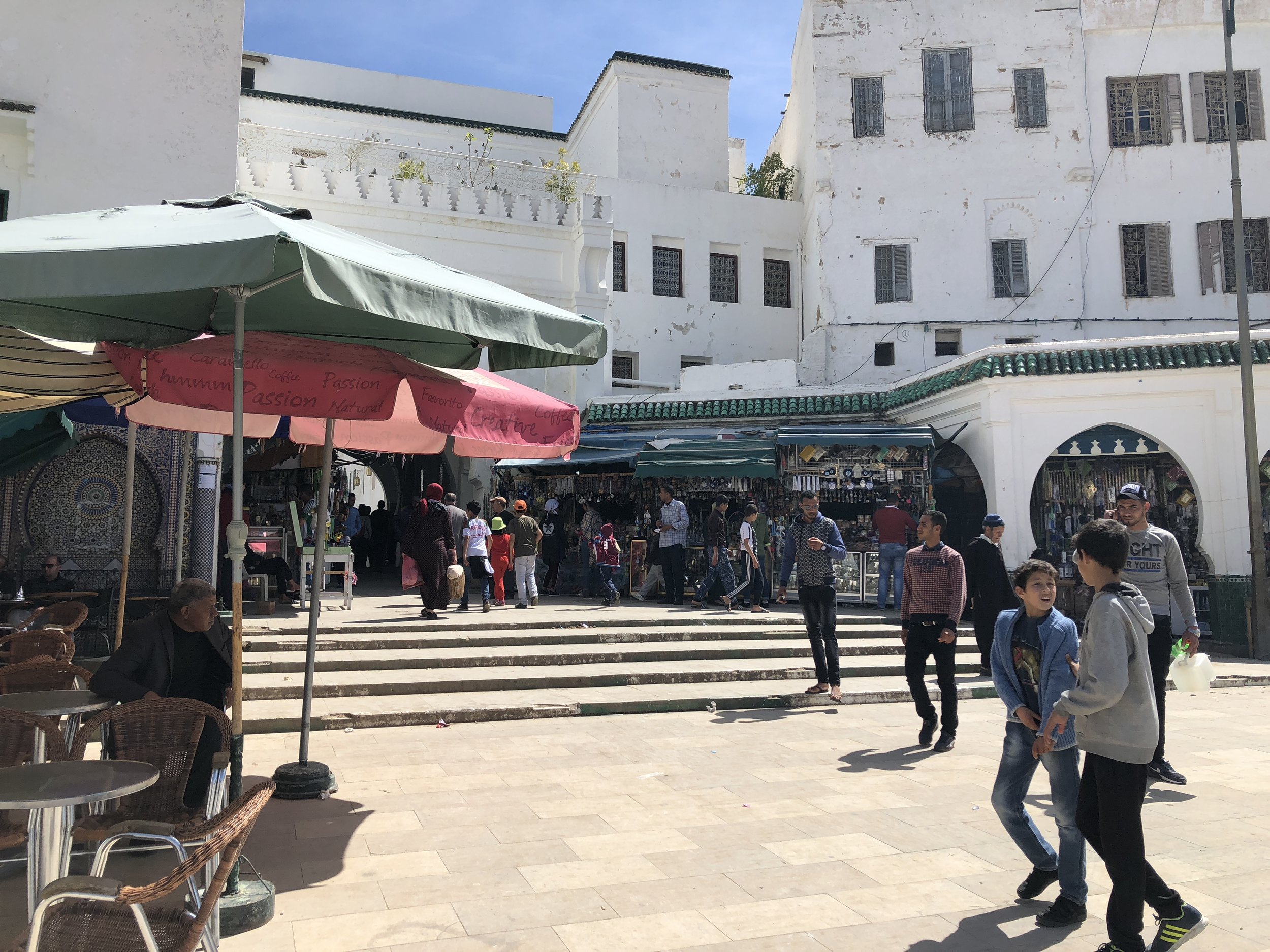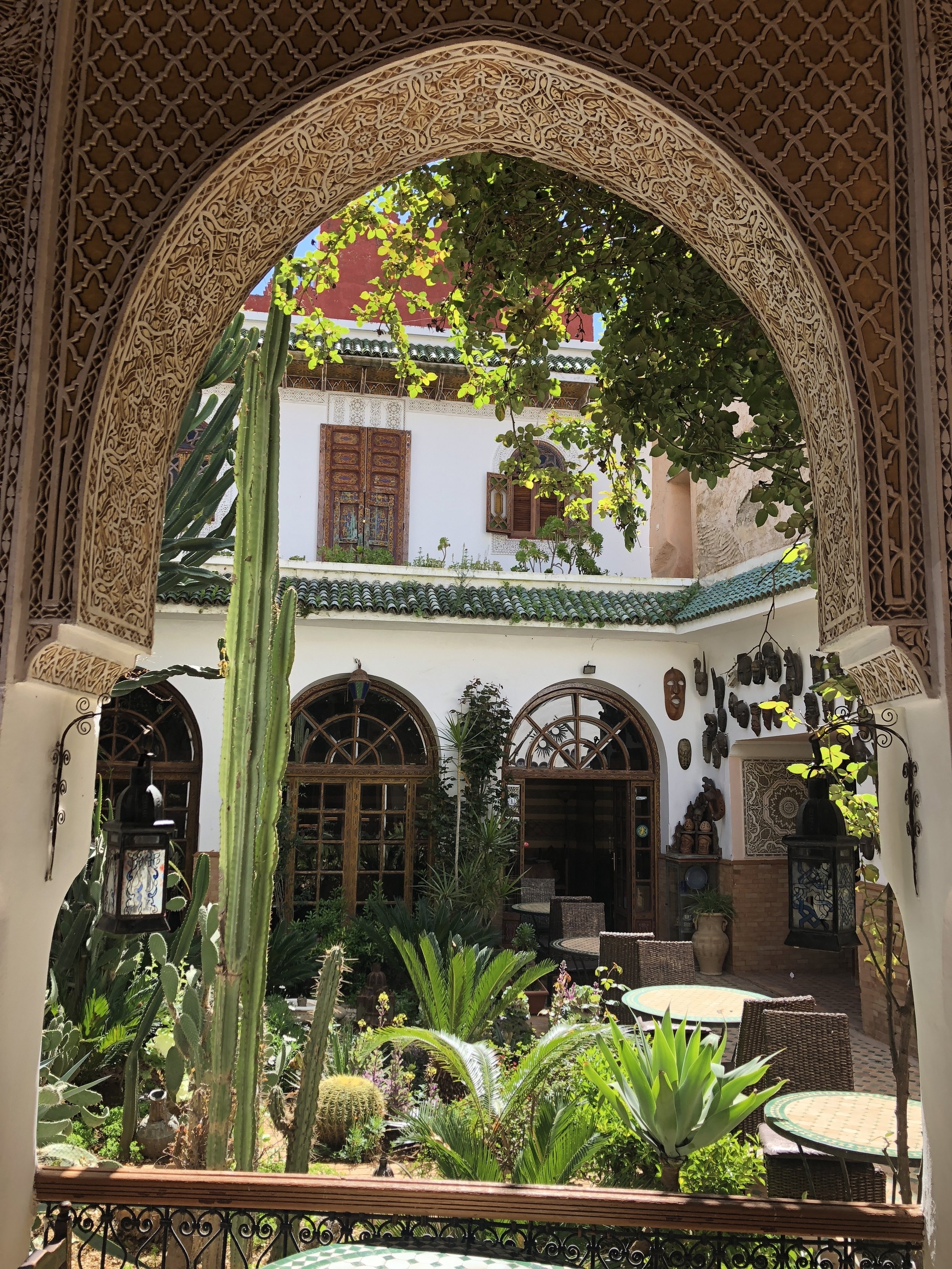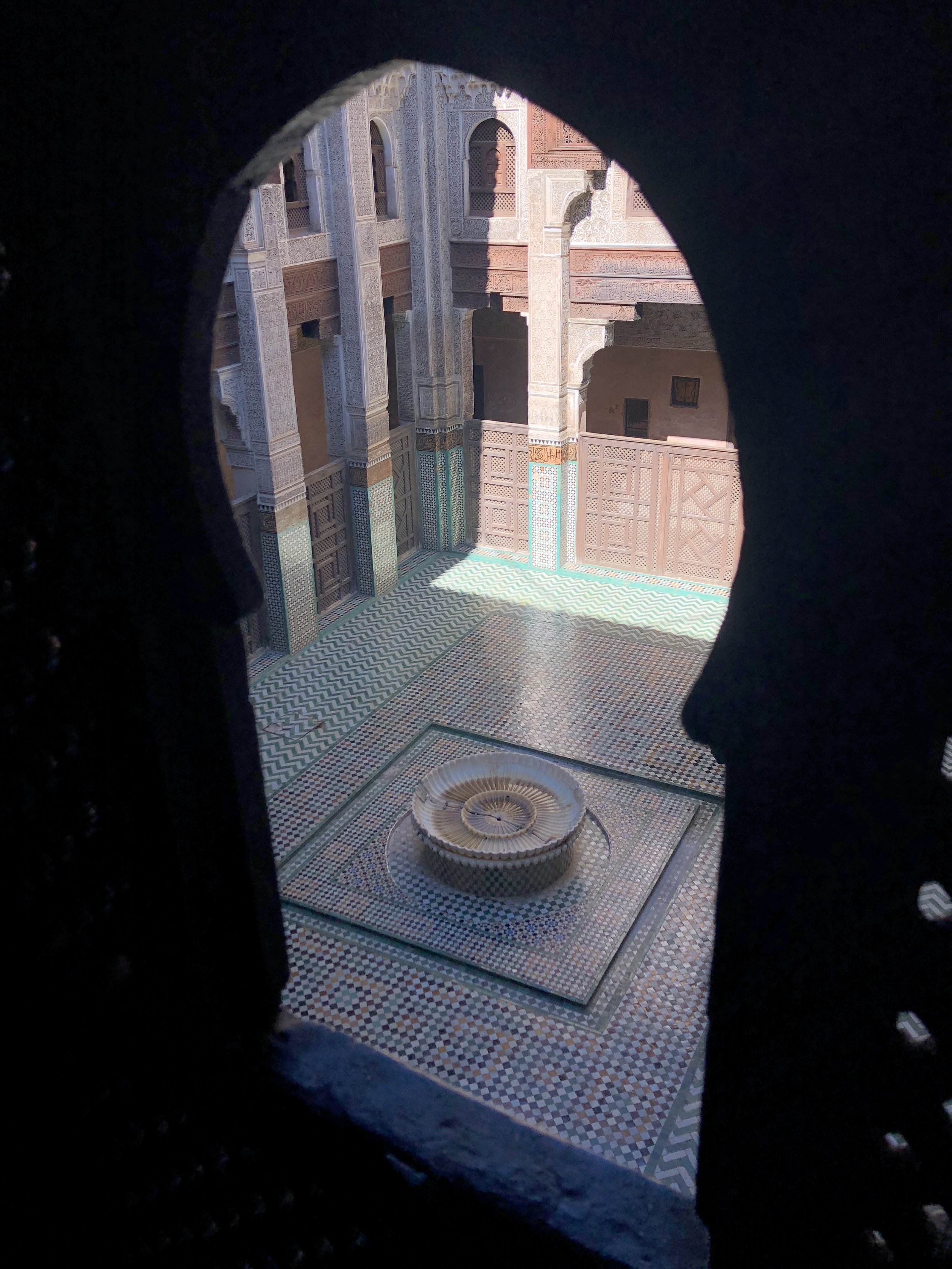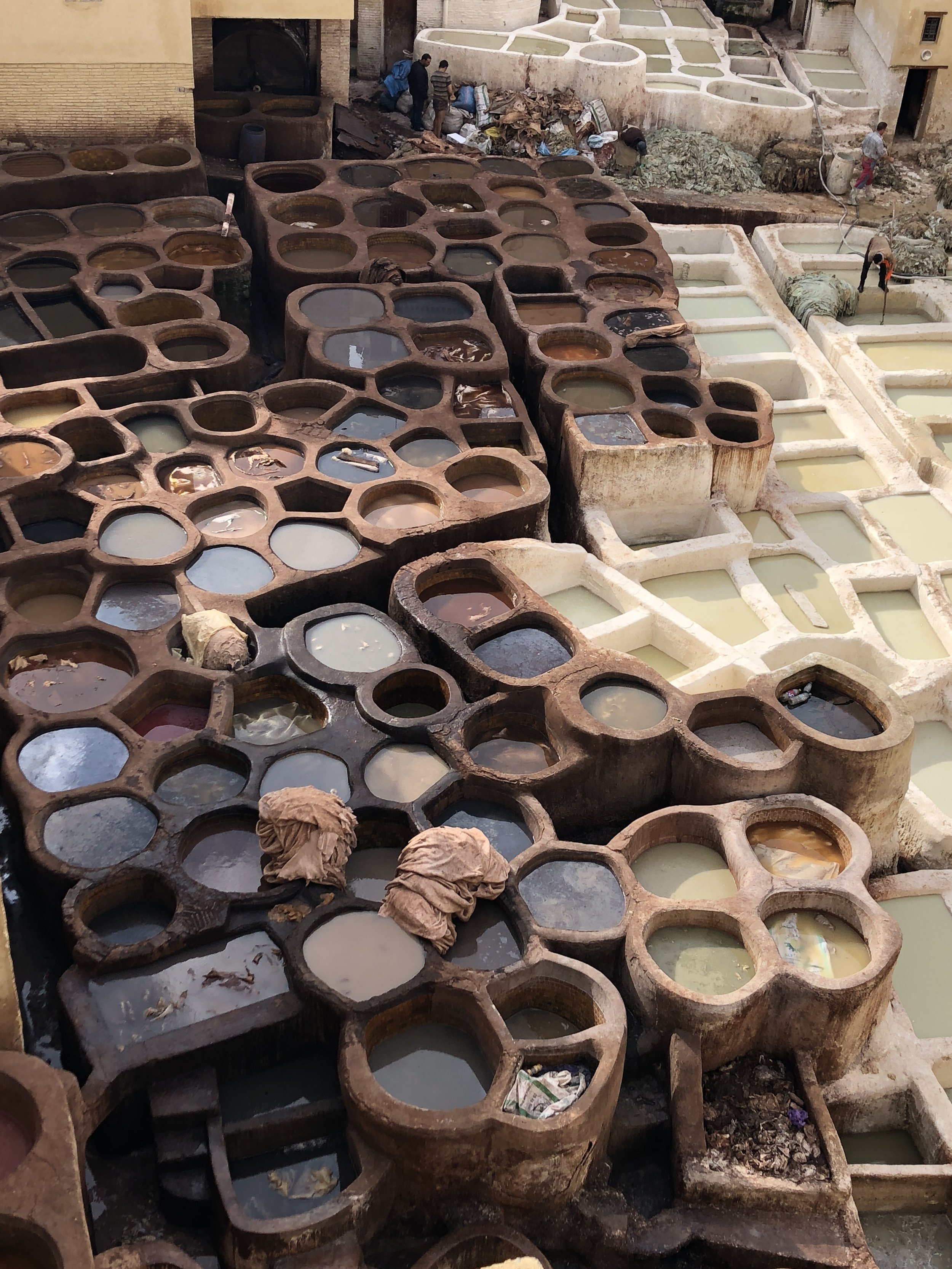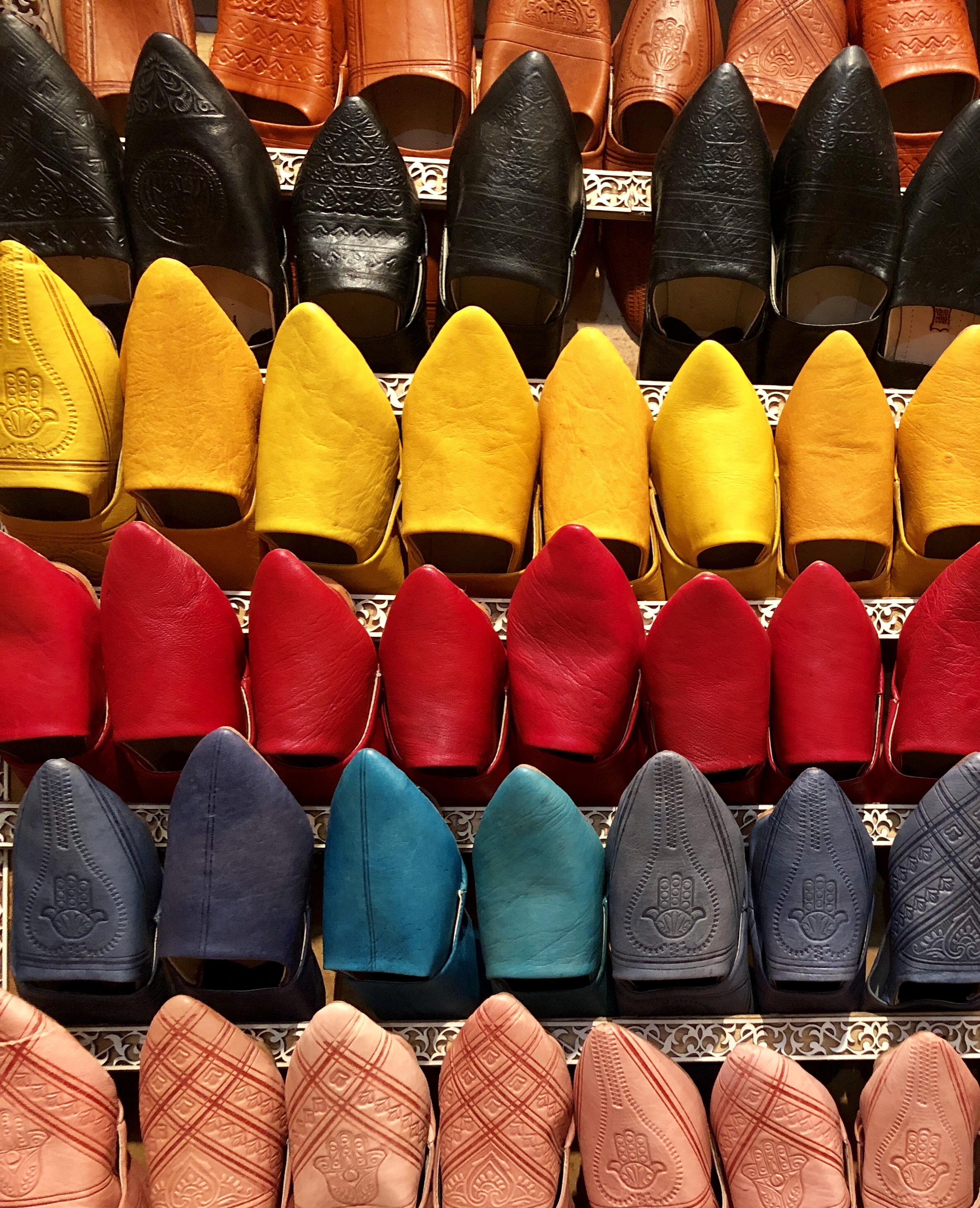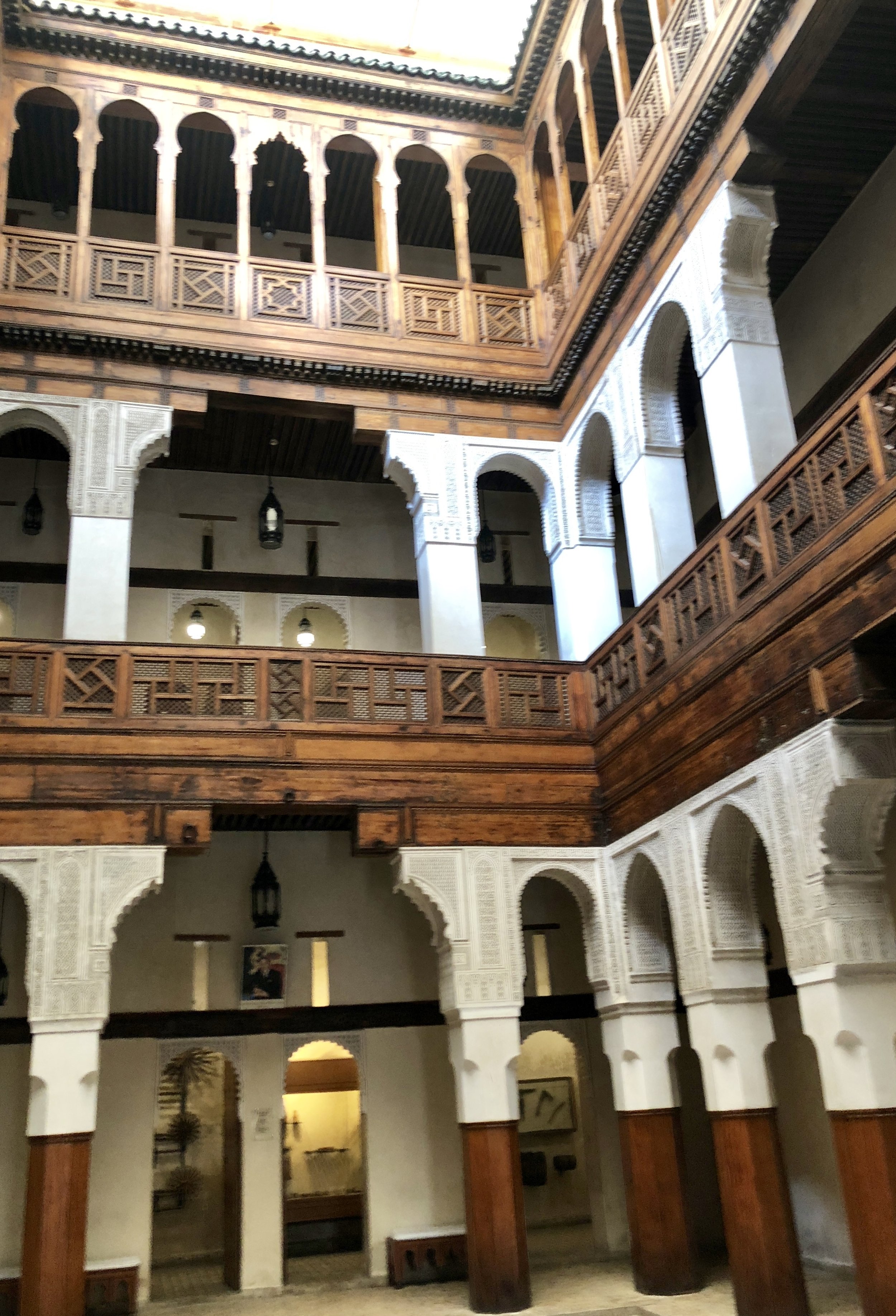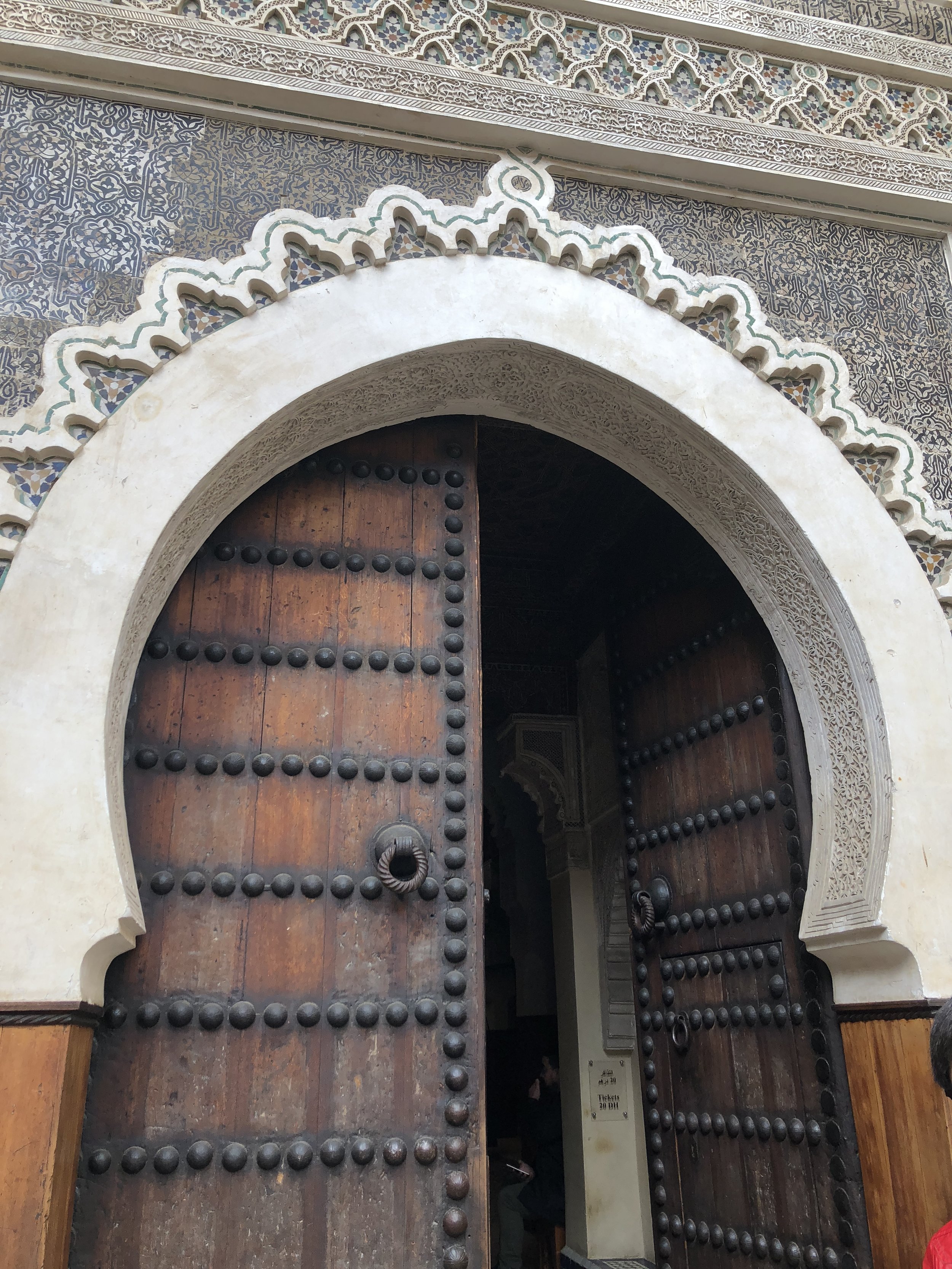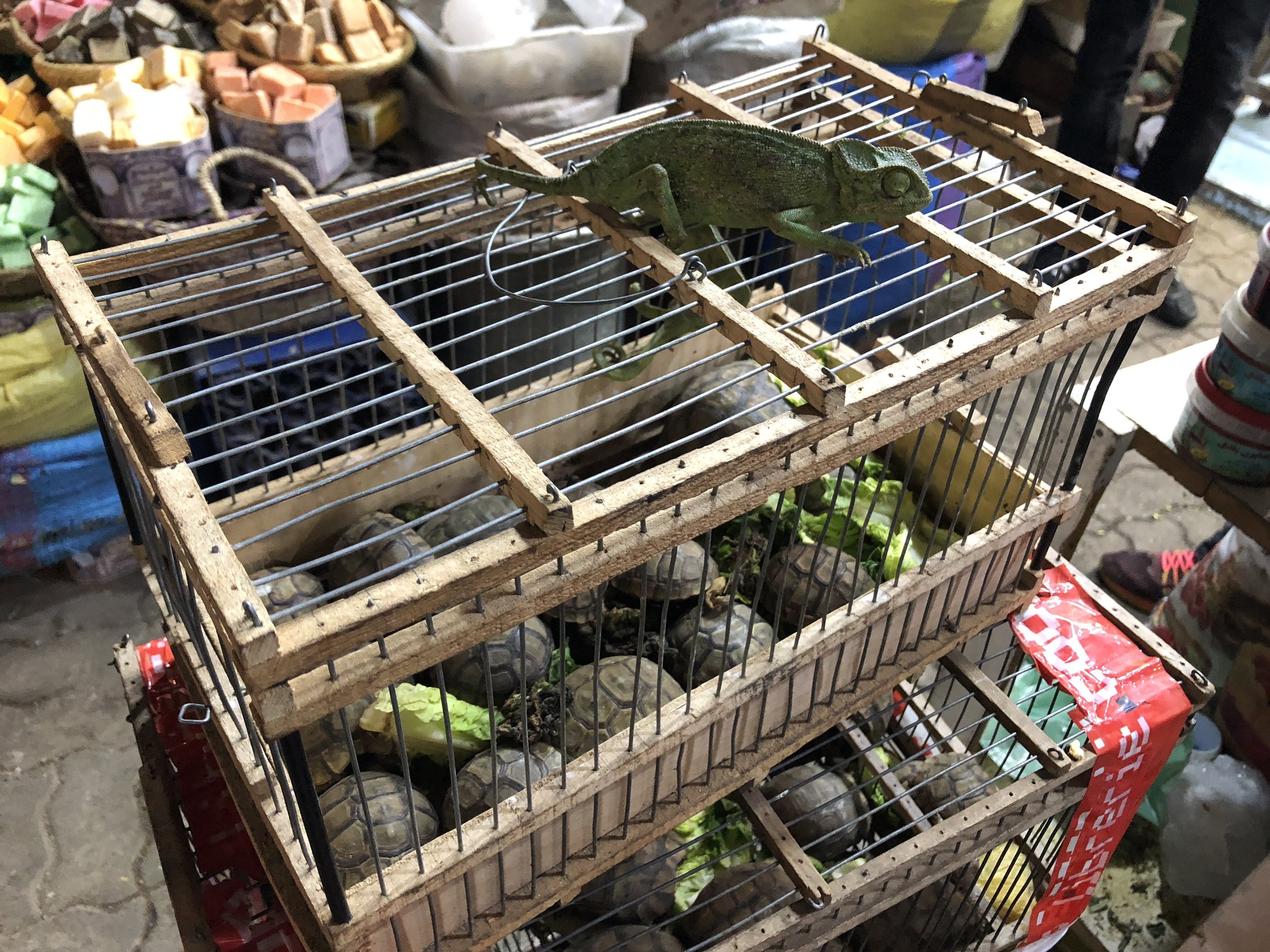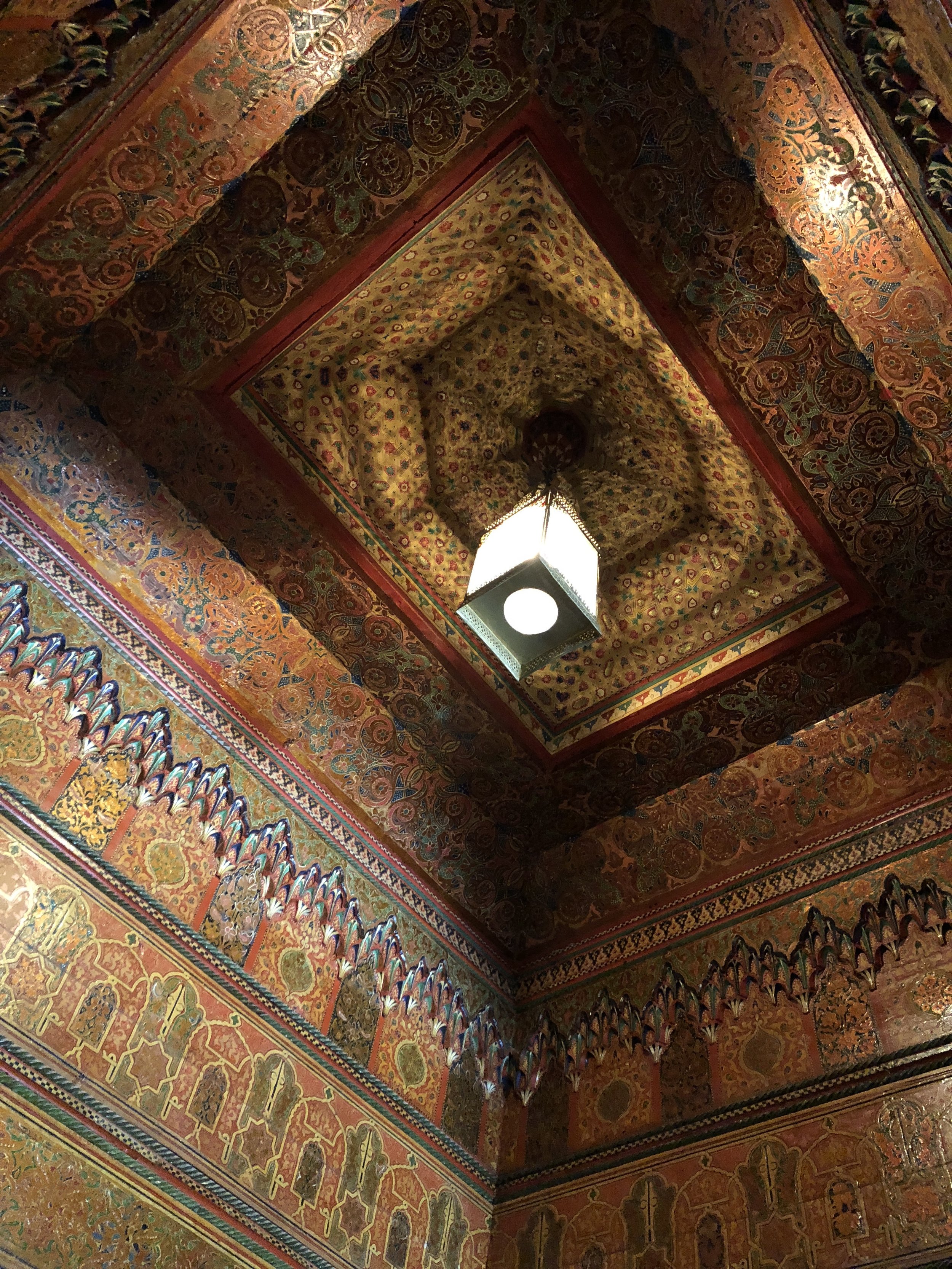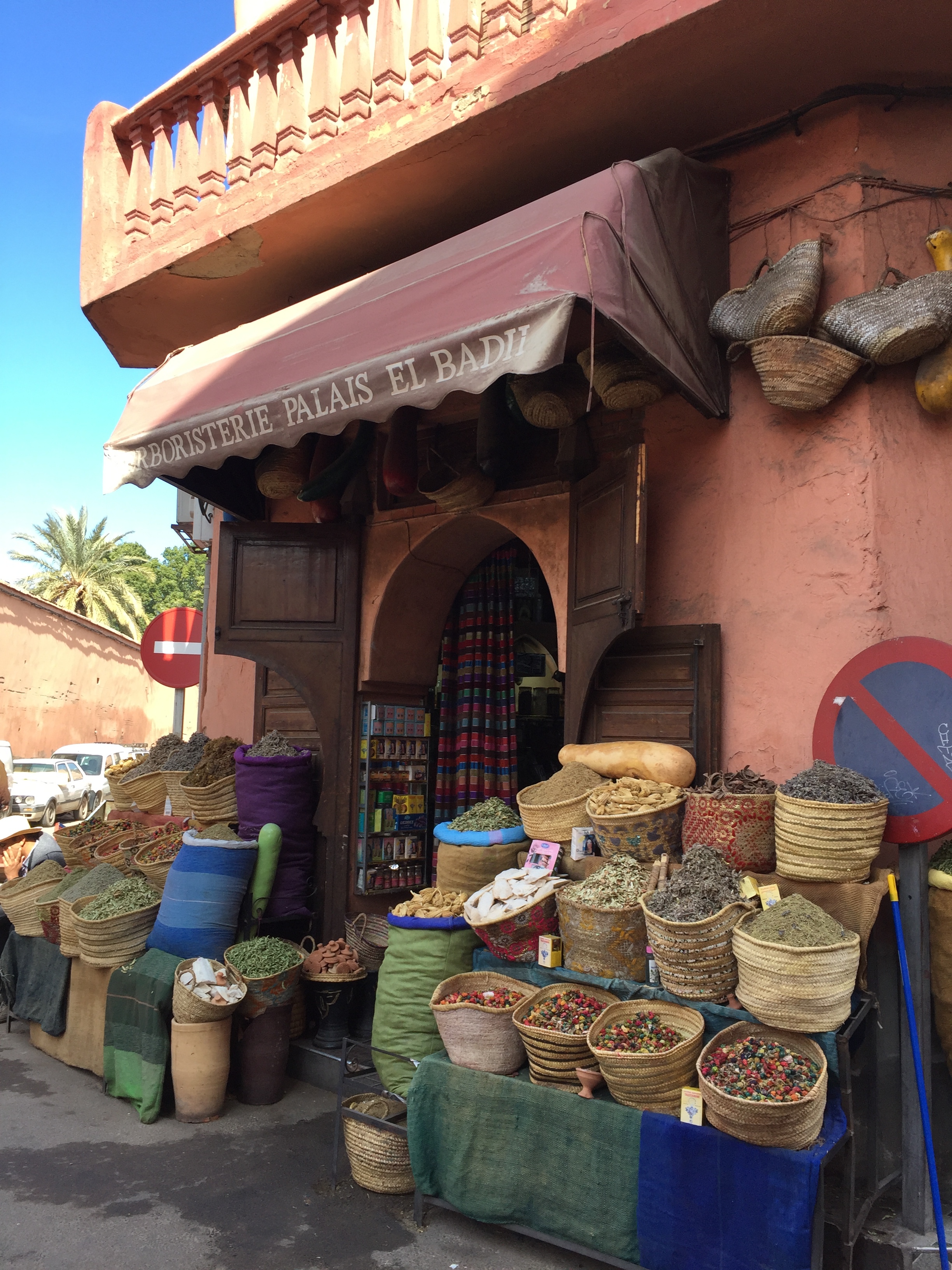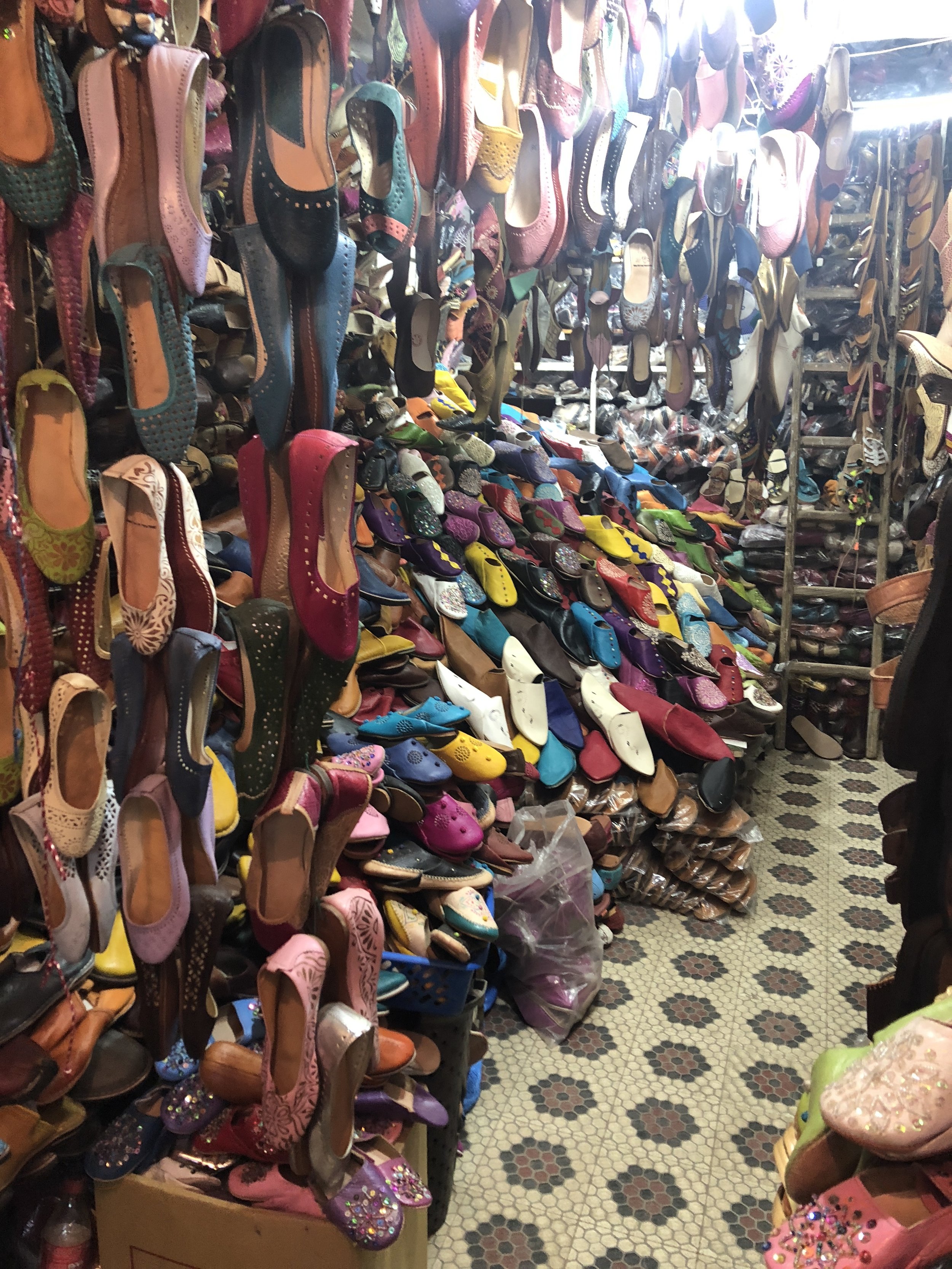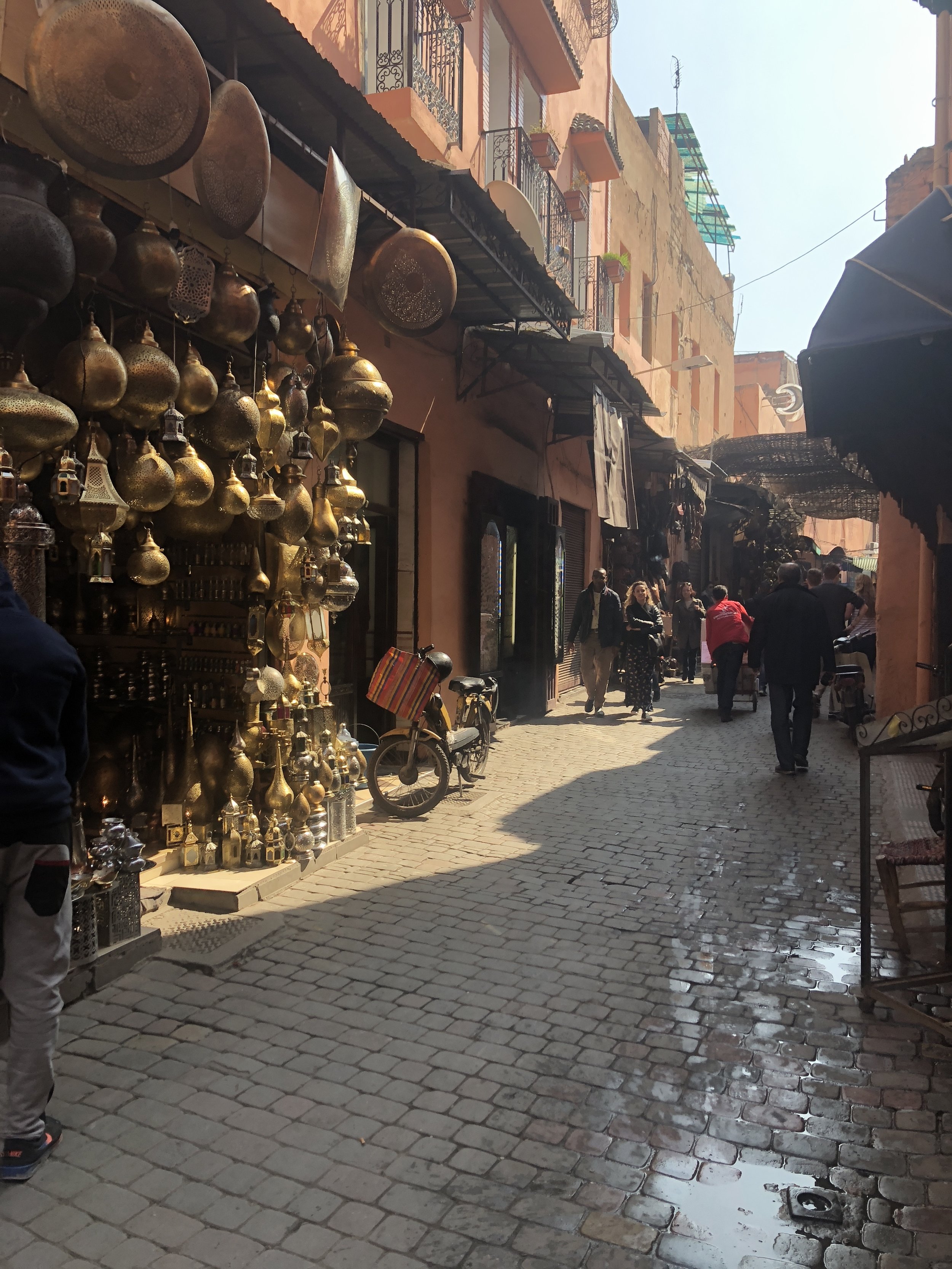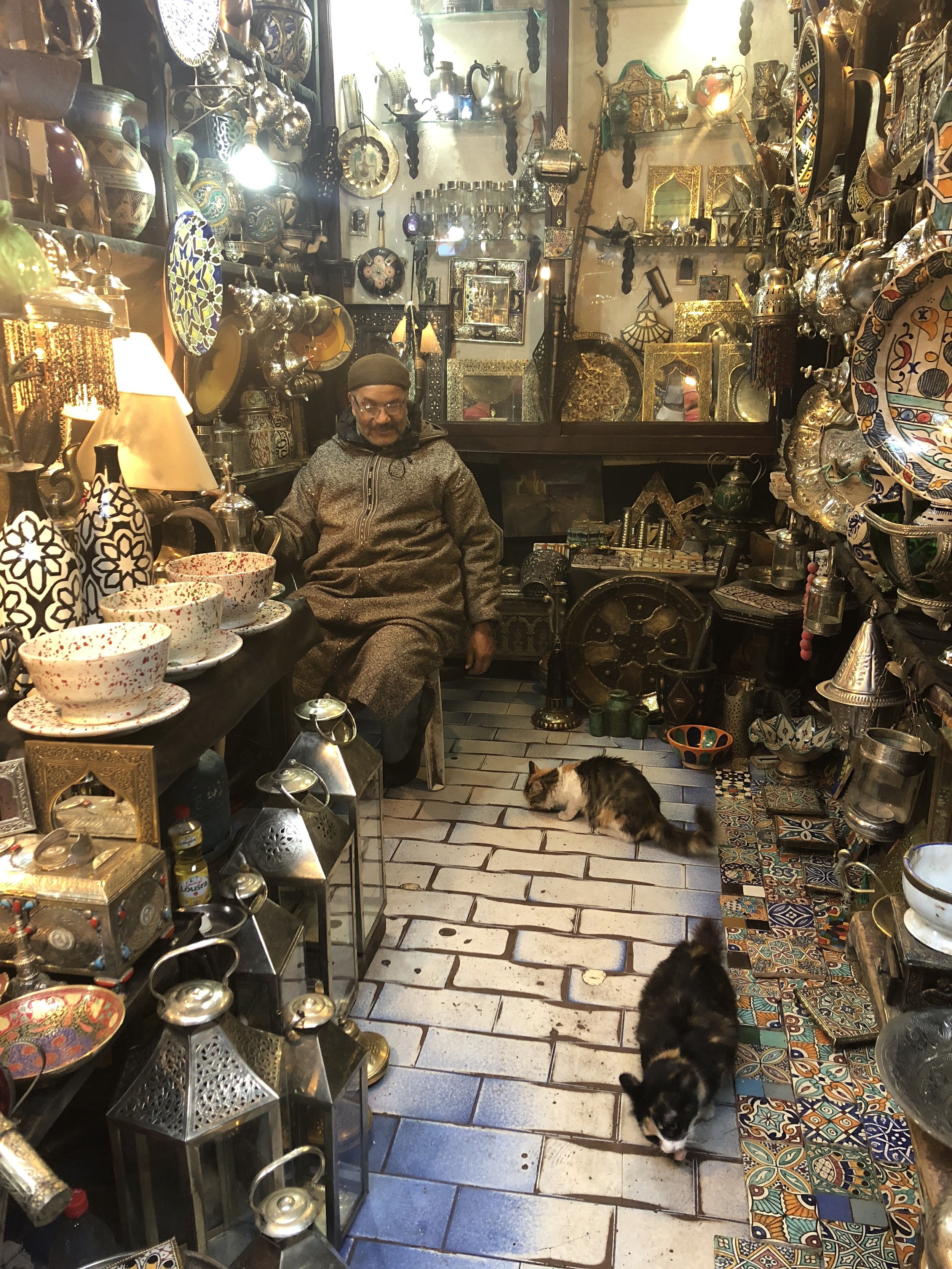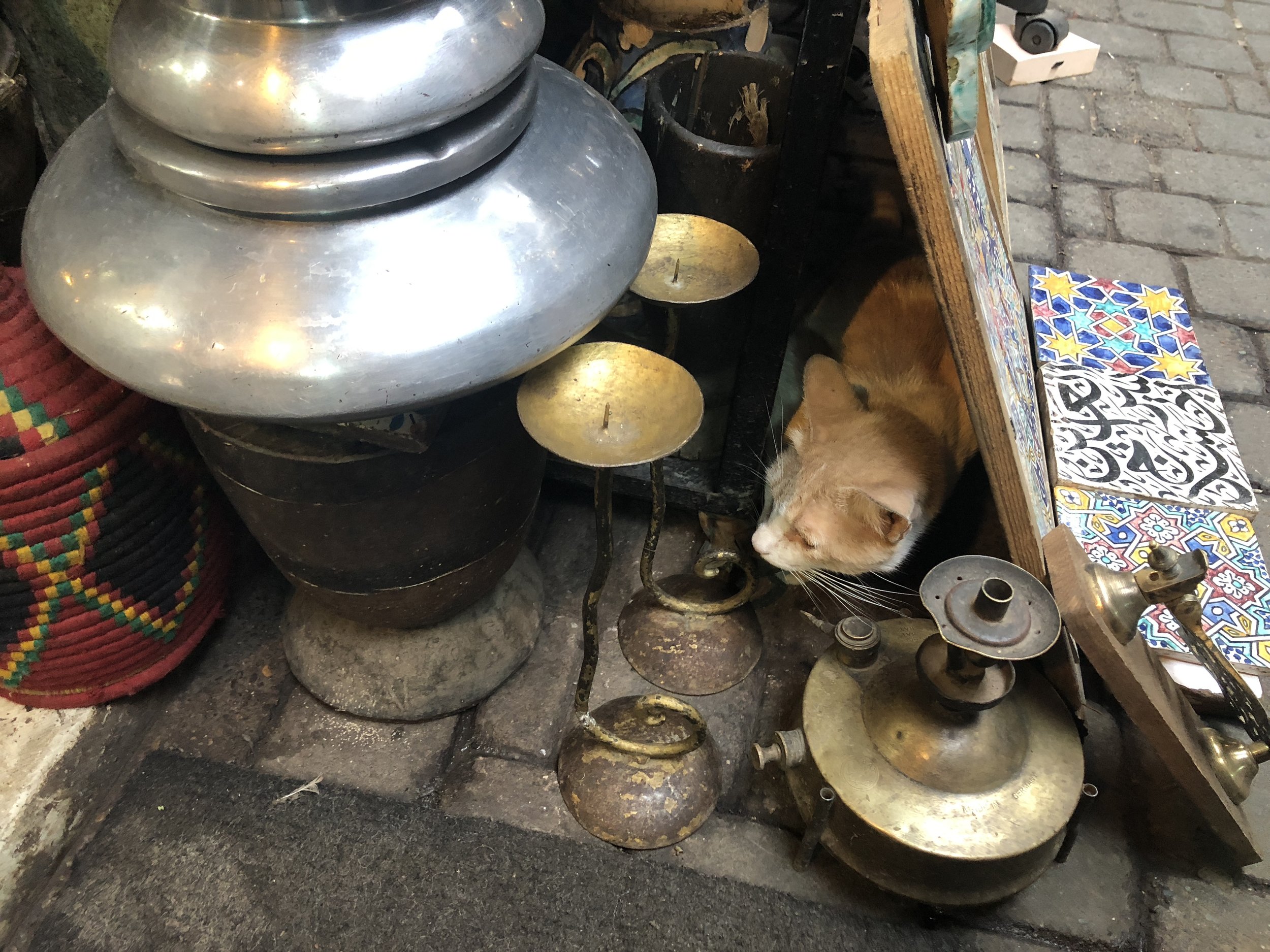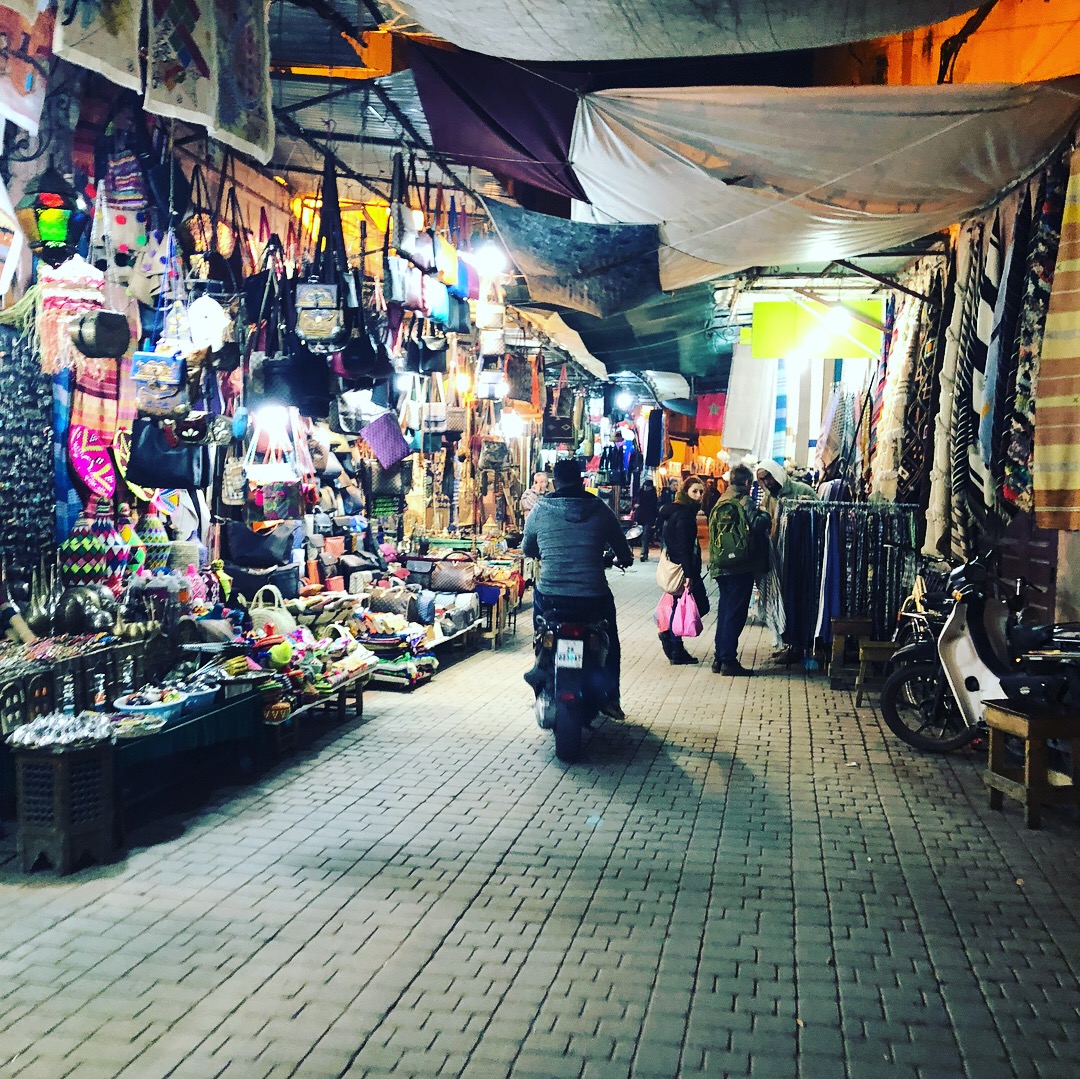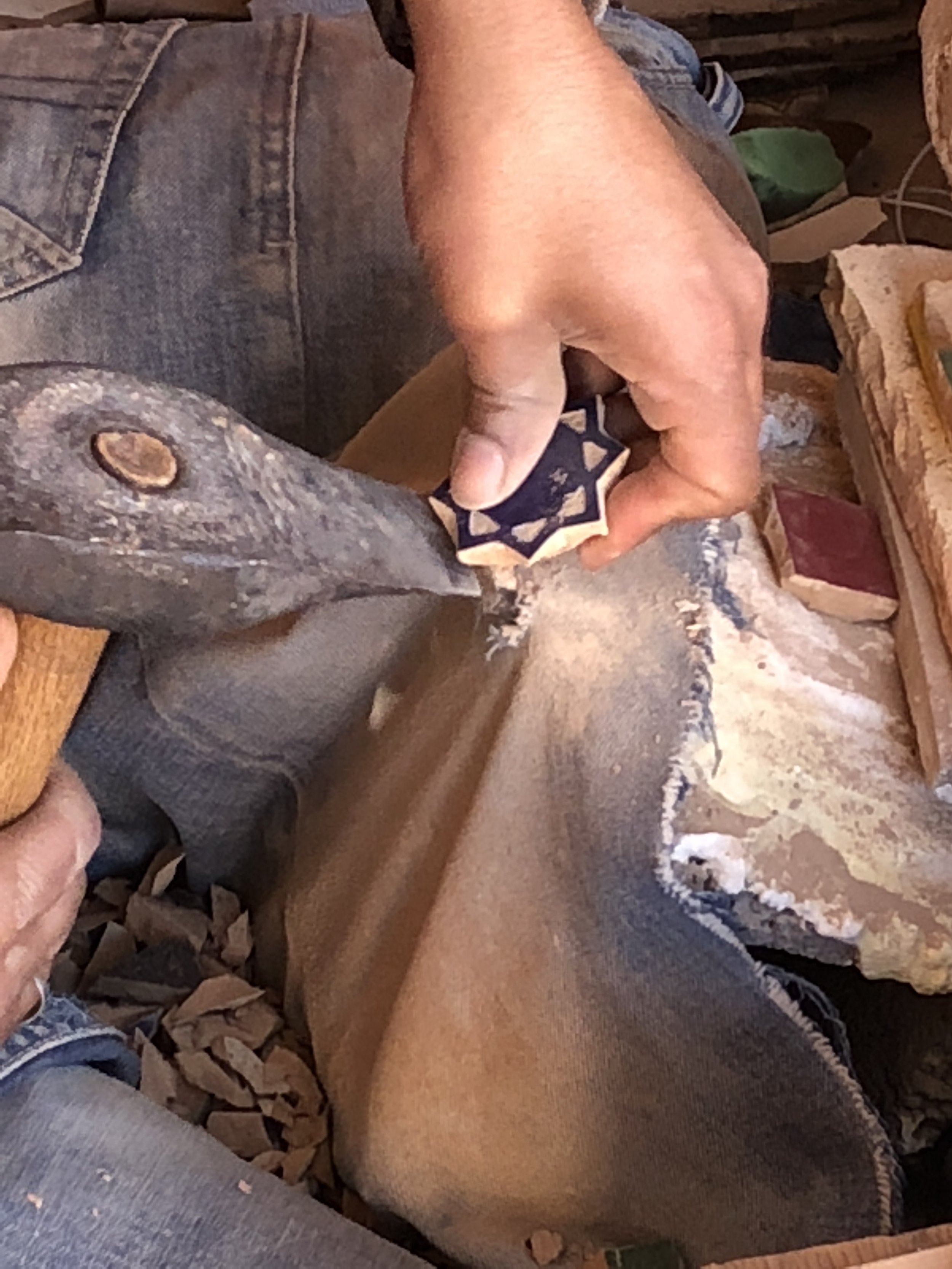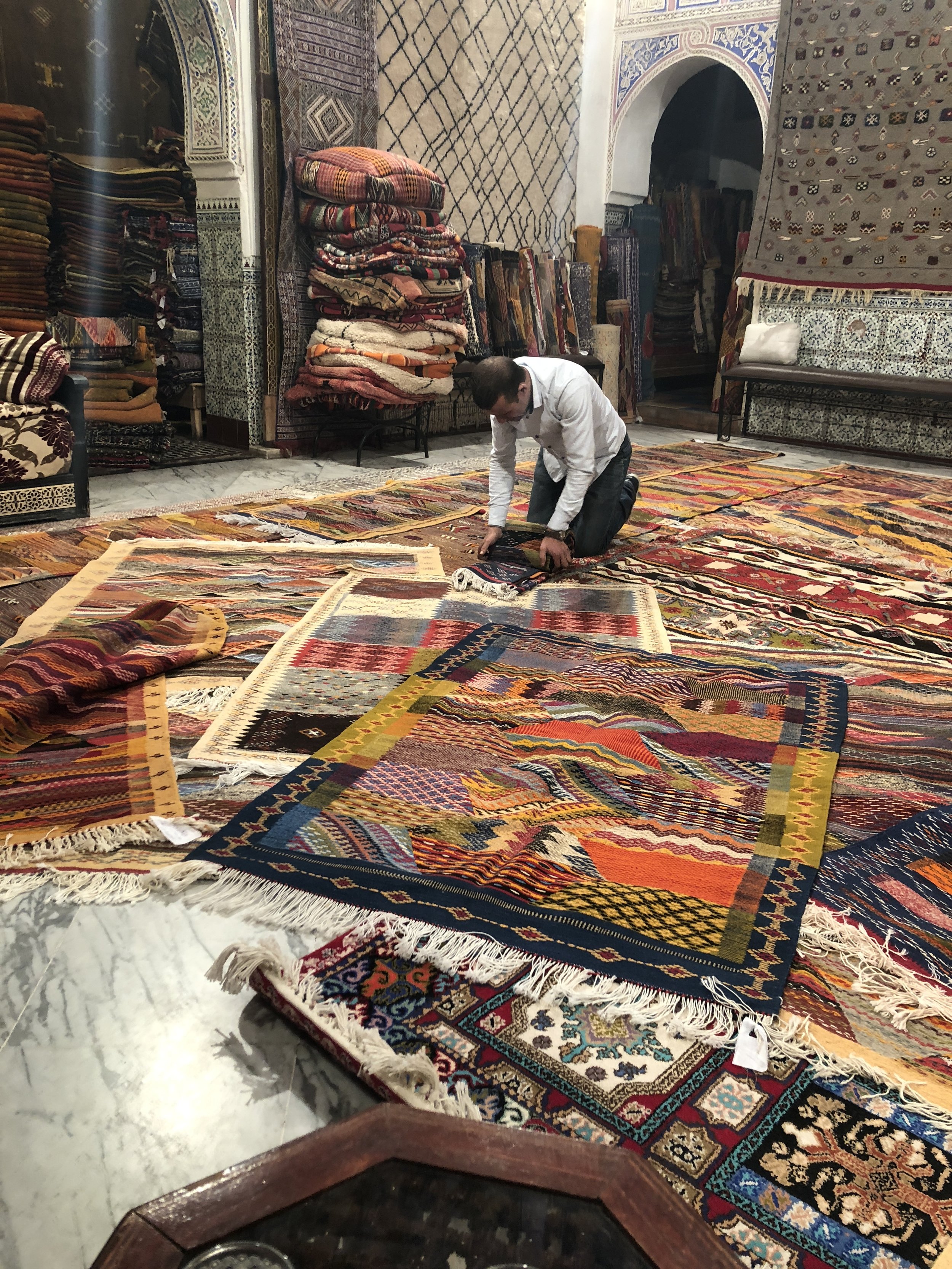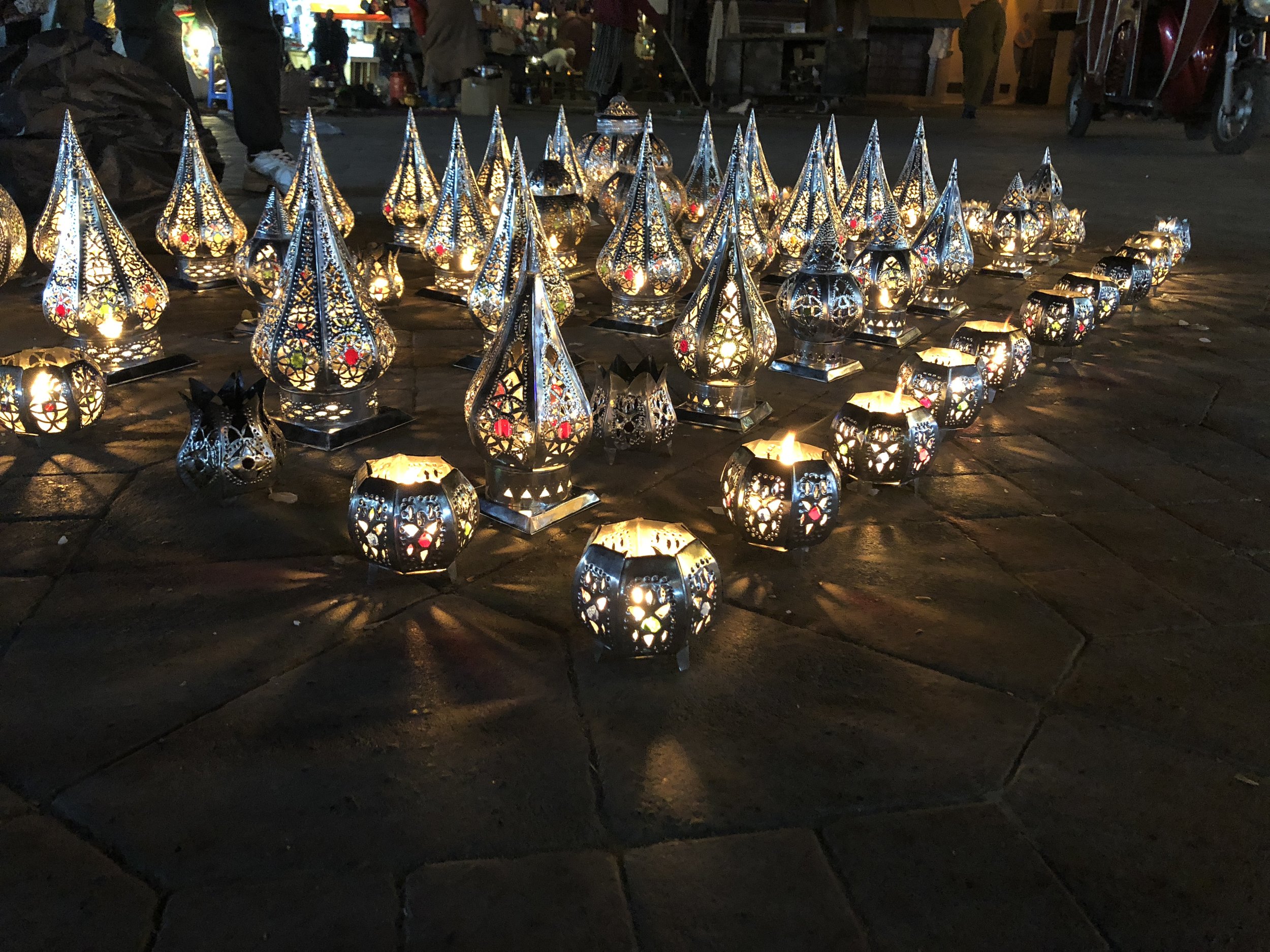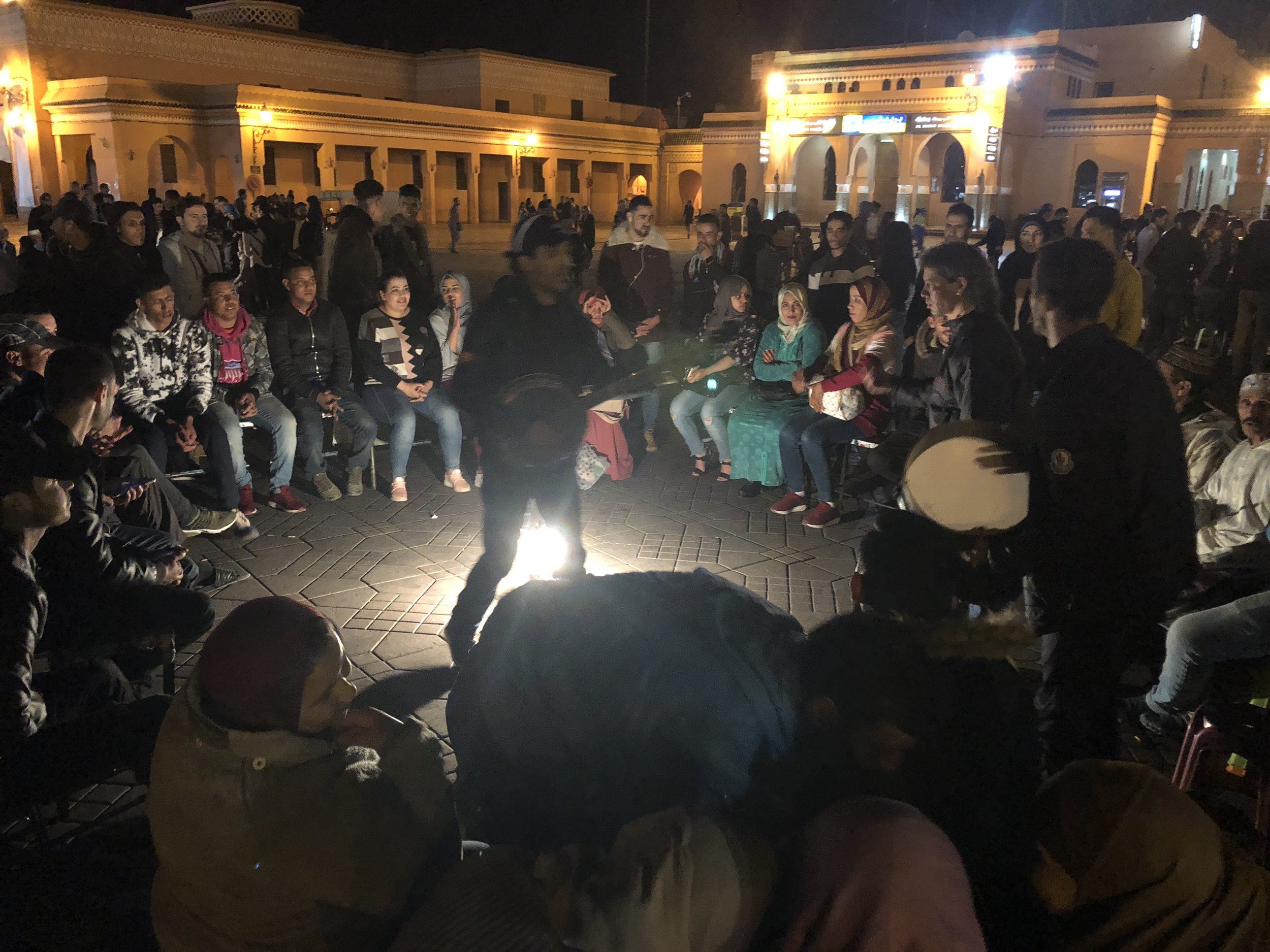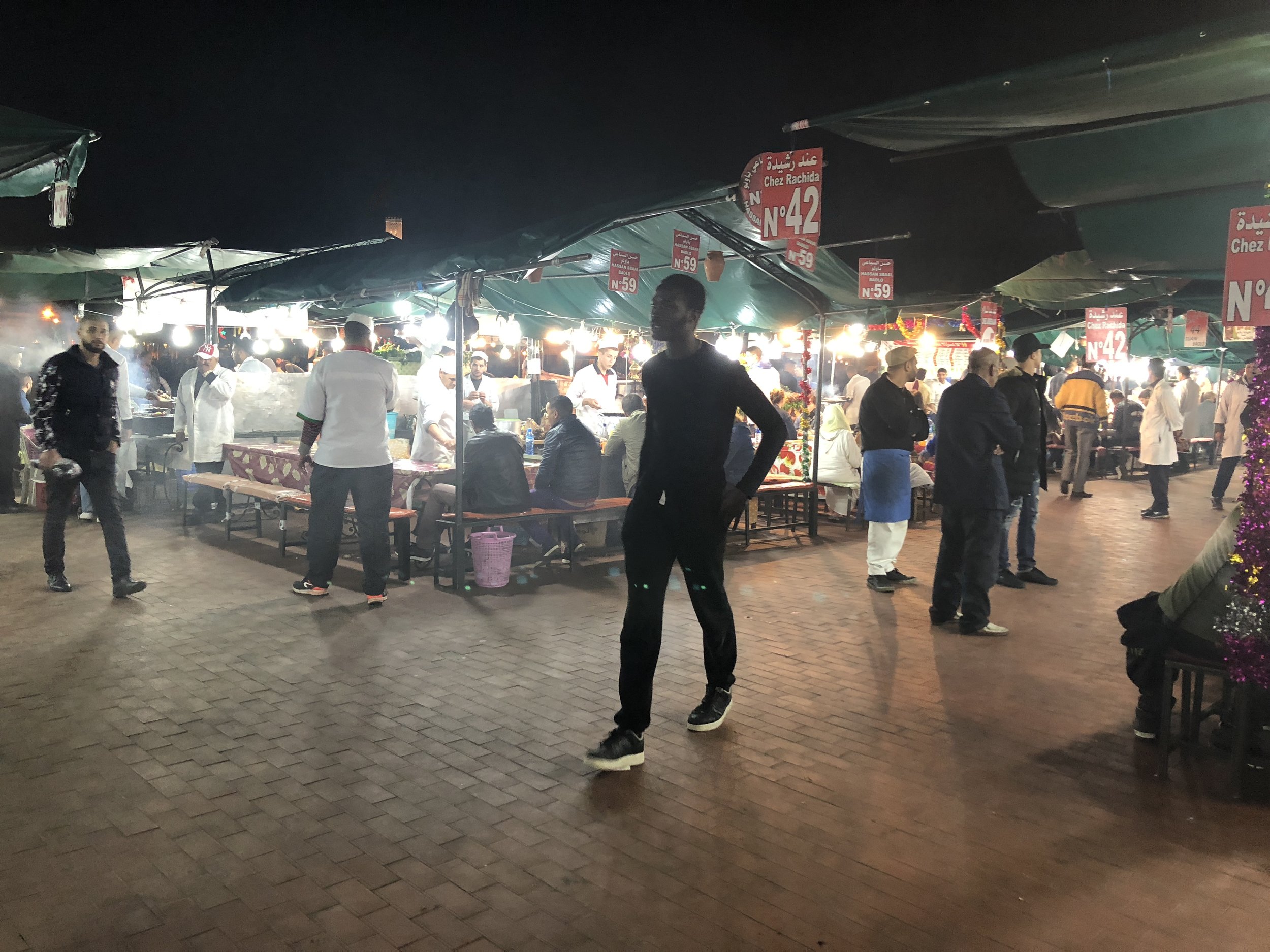Amal: This Is What Empowerment Looks Like
"These women have faced every disadvantage you can imagine - orphaned, divorced, single motherhood." Oumaima doesn't mince words about the stigma and dead ends faced by the women who are enrolled in the job training program that her nonprofit offers. Amal Association trains disadvantaged Marrakech women to work in professional kitchens, employment that is a pathway to financial independence. Some of the trainees have experienced domestic violence and assault, many have little or no education, all of them have little or no means to support themselves.
"Here at Amal,” says Oumaima, “for the first time, they don't feel judged. They know that we are all here to change their lives."
Fatiha stokes the fire in the clay bread oven in the garden at Amal Targa.
Here's the premise of Amal:
Women, especially single women with children, face extraordinary social and economic barriers in Morocco that create a feedback loop that grinds them further down. But with the right skills, these women can get good jobs in Marrakech’s thriving hospitality industry. Amal selects women in need of support, provides them with rigorous culinary training for six months and then connects them with work when they graduate. Amal runs a top-rated restaurant, a catering service, a school lunch program and cooking classes; these revenues streams support the training program, and the businesses are staffed by the trainees who learn and work under the direction of their instructors.
The new cohort of trainees show off the school bags they painted with a visiting art teacher.
My time volunteering with Amal coincided with the start of a new training cohort — 30 young women full of first-day nerves, nearly silent and (I imagine) totally stressed out about messing up. Three days of orientation, team building and the donning of official kitchen uniforms gave them a boost of confidence; soon they were quicker to smile and laugh with each other, and moved around the kitchen with more assurance.
The kitchen is an incredible place to observe, preferably from a corner where you won’t be in the way. Amal’s Targa center makes 120 multi-course school lunches for two private schools in Marrakech; Amal’s Gueliz restaurant serves one of the best lunches in Marrakech to scores of diners. The instructors have high standards as they issue orders along with explanations. Every kitchen station is a blur of organized, constant activity. Watching the head chef run the kitchen is a master class of women in leadership: Karima takes no crap, has exacting standards and tells trainees exactly what they need to do and how to do it. But even at the height of stress she has an easy and supportive smile for the nervous trainees she’s managing.
In the garden at Amal Targa, Warda explains their environmental and conservation practices to tourists enrolled in a tajine cooking class.
I can share similar observations about all the women who work and teach at Amal. Warda is tiny in stature but she commands a room with her clarity of purpose and ease in speaking (four, five languages?) in front of large groups of foreign visitors. Fatiha is quiet but she conveys incredible confidence, warmth and kindness without using a lot of words.
And Oumaima.
My god, she is a force of nature! Just try keeping up with her for half a day, I dare you. In any given moment she’s making staffing decisions, giving feedback on a new recipe, taking phone calls from a landlord for a new cafe that Amal is opening, negotiating with vendors and noticing the weeds in the garden. Her degree is in engineering and she's enrolled in an MBA program; she, too, speaks several languages perfectly, including sign language. Because that new cafe she’s helping Amal open? It will be staffed by the deaf and mute women that Amal is now training.
Seriously, these women are unstoppable.
Throughout the time I’ve spent in Morocco, I have been interested in gender roles here, sometimes fully preoccupied by it. I’m loathe to wade into cultural judgment but I am intensely interested to hear how these women think about the gender expectations within their culture, and why they do not have the patience for it.
Spend even a little time at Amal Association and you will come away inspired and a bit teary-eyed at what these women are accomplishing. I had the honor of volunteering for just a short time, but they made a profound impression on me.
Warda and Oumaima humor me with a selfie.
[March 2018.]












